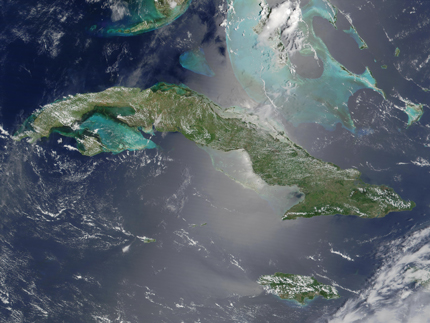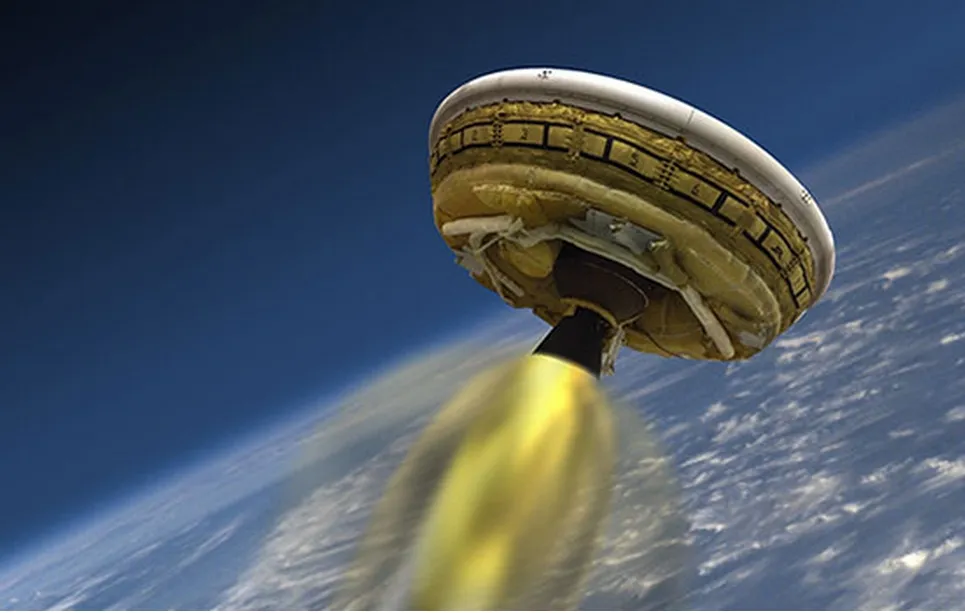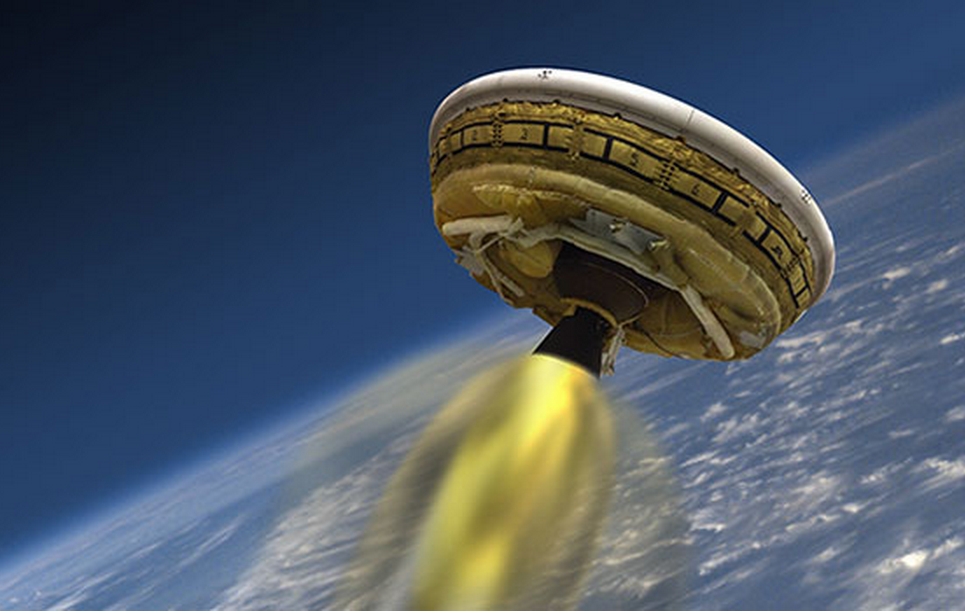
Glonass navigation stations will be based on Cuba instead of US
We were reporting you in May that Russia threatens to turn off GPS service stations if the U.S. won’t allow them to place Glonass stations on American soil. Finally Moscow has found a way to get its foot in the door to North America by installing Glonass infrastructure in Cuba.
Last week the Russian government has approved an agreement with Cuba on cooperation in exploration and use of outer space. The document “meets Russian interests, including the need to place the GLONASS System of Differential Correction and Monitoring (SDCM) stations,” said the Cabinet’s press service.
Russia had wanted to base stations in the U.S. since 2012, but U.S. authorities didn’t want to agree on that due to national security concerns. Russia plans to establish Glonass facilities in 36 countries around the world, enabling different stations to compare location data in order to dramatically increase the accuracy of Glonass’s positioning information — a technique known as differential correction.
Russia hopes that this worldwide network will allow it to achieve a level of parity with GPS in terms of reliability and accuracy for the end-user. And most smartphones including iPhone already support the Glonass GNSS.

Did you like this post? Read more and subscribe to our monthly newsletter!








